Off the coast of New Zealand, a Japanese fishing boat made a remarkable discovery. While dredging the ocean, the crew of the Zuiyo Maru came across the carcass of a 30-foot creature that couldn’t be identified. Although they didn’t keep the remains, they did take photos and samples before reluctantly disposing of it back into the sea due to its putrid smell. This finding sparked a frenzy of speculation and analysis among marine biologists, paleontologists, and curious individuals worldwide, eager to uncover the truth behind this mysterious organism.
A Missed Opportunity for Scientific Breakthroughs
The captain of the Zuiyo Maru, Akira Tanaka, recognized the uniqueness and potential significance of the creature. Despite the foul odor, he ensured that samples and photographs were taken before the carcass was discarded.
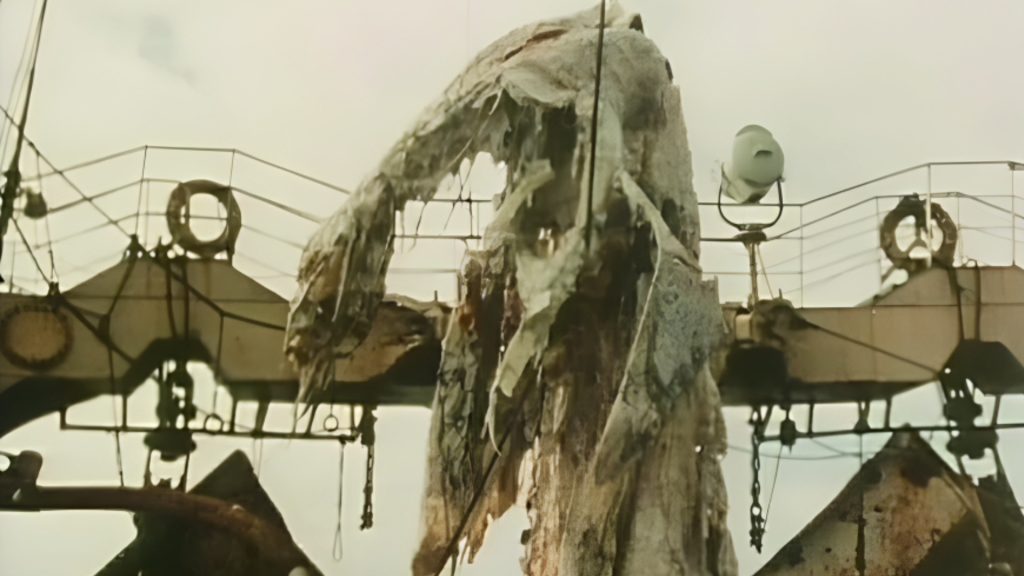
These samples included fins and skin, which could potentially provide valuable insights into the creature’s identity. However, there are no records of these samples being preserved, leaving researchers with limited information to work with.
Could It Be A Dinosaur?
The creature, affectionately nicknamed Nessie, displayed distinct characteristics such as a long neck, a two-meter tail, and four large red fins. Although its gut was empty and it lacked internal organs, traces of flesh and fat remained.

These features, along with the creature’s overall appearance, led many to speculate that it could be a prehistoric plesiosaur, a dinosaur-like sea serpent that went extinct millions of years ago.
The “Plesiosaur Craze” Sweeps Japan:
The discovery of the carcass caused a sensation in Japan, sparking what became known as the “plesiosaur craze.” Scientists from Yokohama and Tokyo University, among others, believed that the creature resembled a plesiosaur and launched expeditions to search for more evidence.
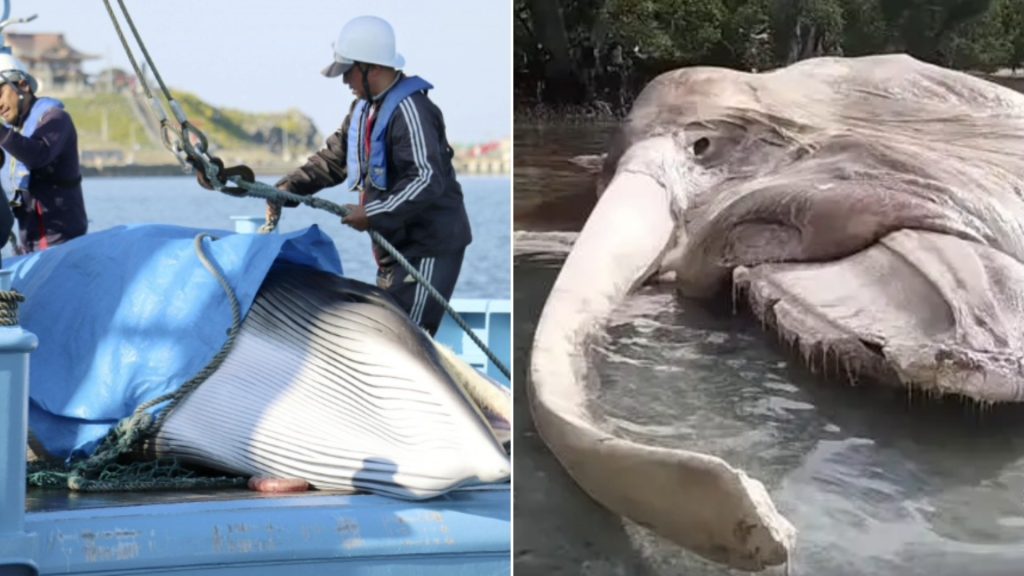
However, their efforts proved fruitless, and the creature’s true identity still remained elusive. Will someone else dig into this further?
Is it a Plesiosaur or Something Else?
While some researchers still hold onto the plesiosaur theory, skepticism has grown Swedish paleontologist Hans-Christian Bjerring raised doubts about the claims, pointing out that the marine environment and fauna have undergone significant changes since the age of plesiosaurs.
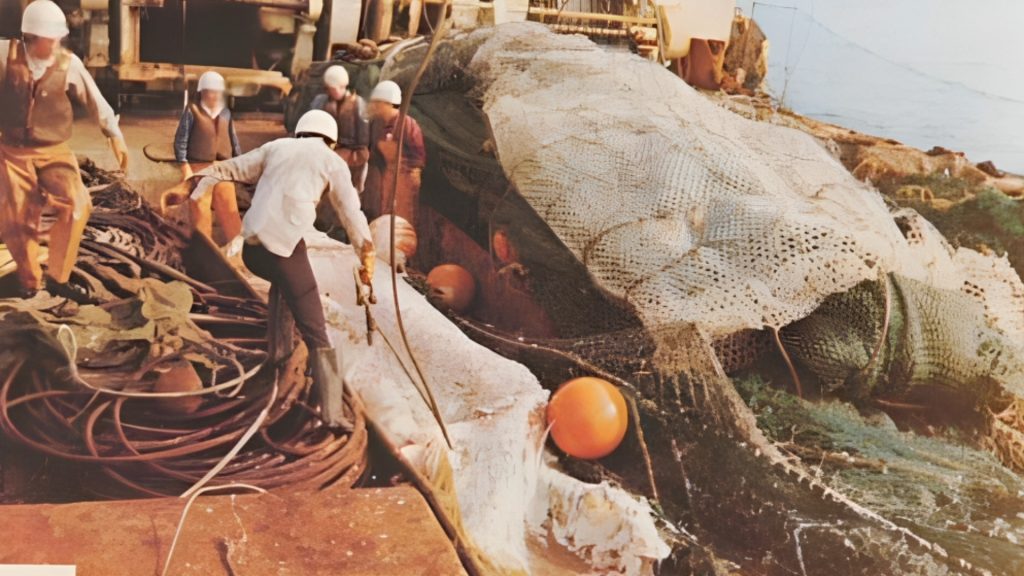
The prevailing consensus now leans towards the carcass being that of a basking shark or a similar species. When basking sharks die, their lower heads, caudal fins, and dorsal fins often detach, giving their corpses a plesiosaur-like appearance.
A Taxidermist’s Belief and Discovery
Despite expert consensus, one man has clung to his belief that the creature was a dinosaur, not a shark. Peter Ritchie, a taxidermist, had walked Amberley Beach in 1977 and spotted a strange creature.

It reminded him of the newspaper’s photograph of the alleged dinosaur. Ritchie maintained that it was a prehistoric creature, a conviction held for decades.
Scientists vs. Sea Monster Enthusiasts
Scientists were quick to dismiss the sensational claims. Marine science professor Iain Suthers likened the creature to a mammal’s skull on a decomposing basking shark. Decomposition processes alter the shark’s appearance, leading to monster-like features.

Clinton Duffy, a marine scientist, emphasized that plesiosaurs had been extinct for millions of years, rendering the sea monster theory implausible.
A Long-Lost Skull
One intriguing twist in the saga involved a skull found by Peter Ritchie, later handed over to the Canterbury Museum.
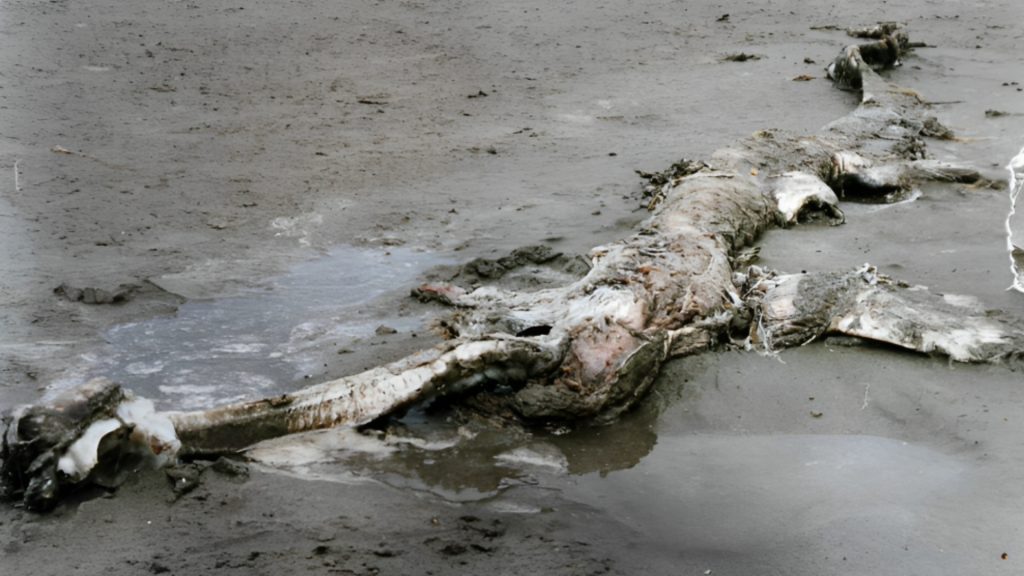
It was presumed lost, casting a shadow of mystery over the creature’s identity. Ritchie remained convinced it was a dinosaur skull, despite the subsequent destruction of the artifact.
A Dinosaur Lost at Sea?
Despite the prevailing skepticism, there are still those who believe that the creature was indeed a dinosaur and hope that one day the carcass will be rediscovered.
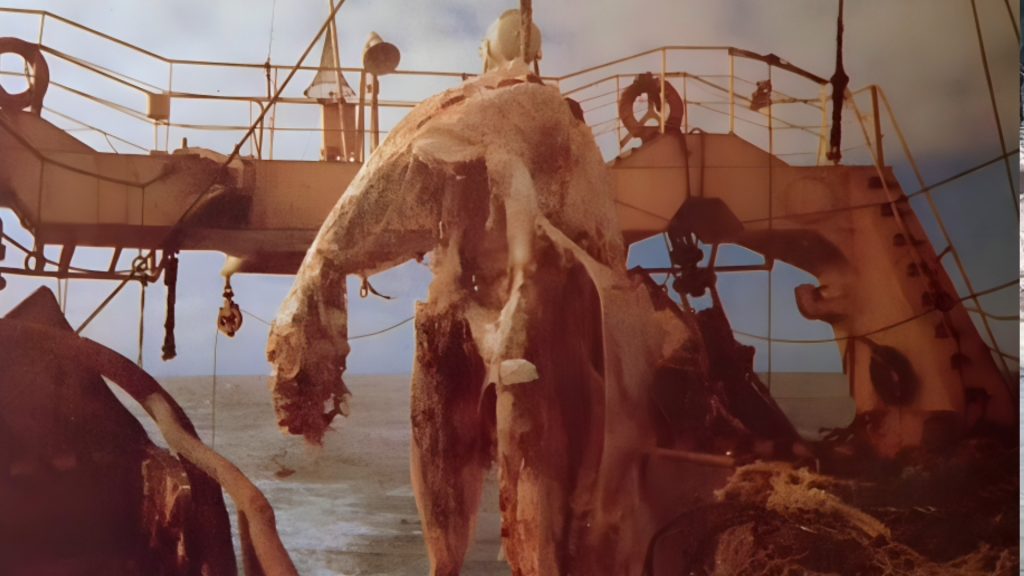
The mystery of the Zuiyo Maru “sea monster” continues to captivate the imagination and fuel speculation about the unknown depths of our oceans.






